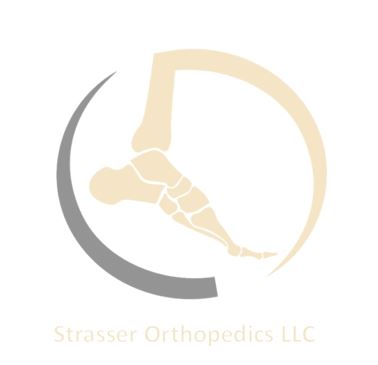| “INDICATIONS” RECAPThis newsletter is a long time coming but better late than never!There were a lot of great tips and tricks when it came to tibia fractures and IM nailing. We talked about starting points, tips for reduction and reduction tools. One of the more powerful tools is the use of blocking or poller screws. Deciding where to place them can be a bit tricky but a simple guideline is to insert them where you don’t want the nail to go. Let’s take a look at the sagittal plane deformity of a proximal tibia. You can see how a fracture of the proximal tibia can develop a “procurvatum” or flexion deformity. This is related to the deforming forces of the Achilles complex and the quadriceps tendon. In addition, the proximal tibia does not have the endosteal fit and the nail can “slide” posteriorly. So, in this example, we want to place a blocking screw in the path of the inserted nail to “push” the nail anteriorly in the metaphyseal segment and artificially create a tighter fit for the nail along the desired path.   Always assess your reduction, especially during nail insertion. Remember the proximal tibia lacks the endosteal fit of a diaphyseal nail so the nail will NOT reduce your fracture. In this case you can see a flexion deformity. To fix with a blocking screw you can now look at the current path of the nail, mark out the desired location for a blocking screw, back out the nail, place the blocking screw or wire and re-advance the nail along the new path. Depending on the patients bone quality and fracture characteristics, it may need to be re-reamed. After nail insertion with procurvatum  ID ideal blocking screw location (under fluoro)  Even after you insert the nail, assess your reduction. In this case you can see a flexion deformity – You can now look at the current path of the nail, mark out the desired location for a blocking screw, back out the nail, place the blocking screw or wire and re-advance the nail along the new path. Depending on the patients bone quality and fracture characteristics, it may need to be re-reamed.   Hopefully, these tips are helpful. If you missed the discussion, I’ve broken up the video into three separate segments and loaded to our YouTube channel. Also, after Jan and Brandons comments on end-caps I’m thinking about launching some “merch” 🤔 What do you think?? Warm regards, Nick and Jan  Click here to register for our next webinar!  Copyright (C) 2023 STRASSER ORTHOPEDIC SERVICESAll rights reserved. Copyright (C) 2023 STRASSER ORTHOPEDIC SERVICESAll rights reserved.Want to change how you receive these emails? You can update your preferences or unsubscribe |
